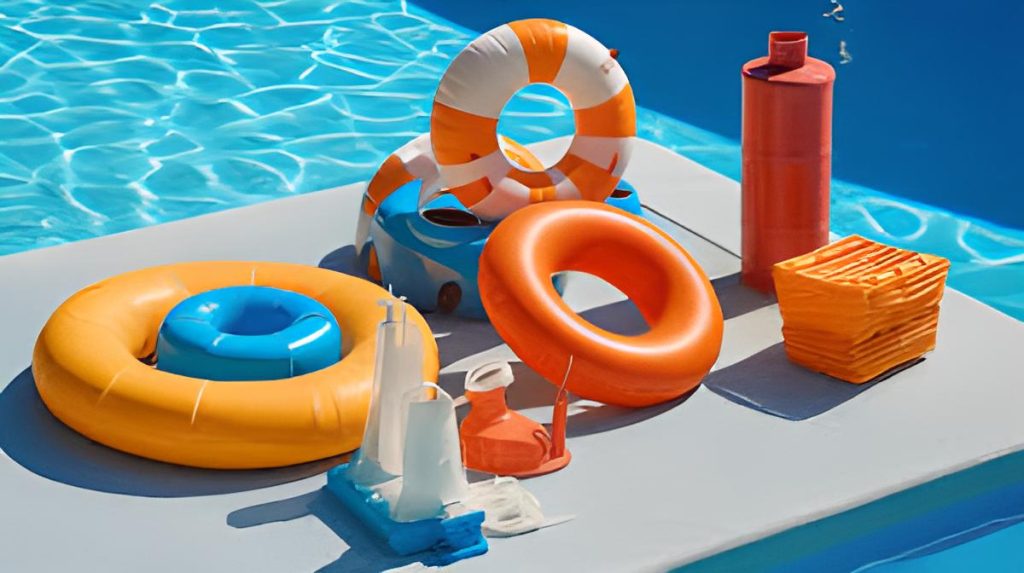When it comes to building a swimming pool, there are crucial steps that go beyond just digging a hole in the ground and filling it with water. A successful pool construction project involves meticulous planning, filling, and balancing the pool water, and above all, ensuring safety features to create a secure and enjoyable swimming environment.
Fill and Balance:
Once the physical infrastructure of the pool is in place, the next step is filling it with water. It may seem like a straightforward task, but it’s crucial to ensure the water is properly treated and balanced. This means monitoring and adjusting the chemical levels in the pool to achieve the right balance. The goal is to create a safe and inviting swimming environment that is free from contaminants and pathogens. Proper water treatment ensures that swimmers can enjoy crystal-clear, clean water without any health concerns.
Safety Features:
Ensuring the safety of swimmers is of utmost importance in any pool construction project. Compliance with safety regulations is not just a legal requirement; it’s a moral obligation. Here are some essential safety features that must be incorporated:
- Fencing: Installing a sturdy and secure fence around the pool area is essential. This physical barrier helps prevent unauthorized access, especially by children and pets. Fences also act as a visual reminder of the pool’s presence, reducing the risk of accidents.
- Gates: Gates within the pool enclosure should be equipped with self-closing and self-latching mechanisms. This ensures that the pool remains inaccessible when not in use, further reducing the risk of accidents.
- Pool Alarms: Pool alarms are a valuable safety tool. These alarms can detect unexpected movement or disturbances in the water and alert pool owners or supervisors. They are an extra layer of protection, especially when the pool area is not actively supervised.
- Safety Covers: Installing a safety cover that can support the weight of an adult is another safety feature worth considering. These covers not only keep debris out of the pool but also prevent accidental falls into the water.
In conclusion, the process of creating a safe and enjoyable swimming environment involves more than just filling a pool with water. It requires careful attention to water chemistry, adherence to safety regulations, and the installation of safety features such as fencing, gates, pool alarms, and safety covers. When all these elements are in place, pool owners and users can enjoy their aquatic oasis with peace of mind, knowing that safety is a top priority.












